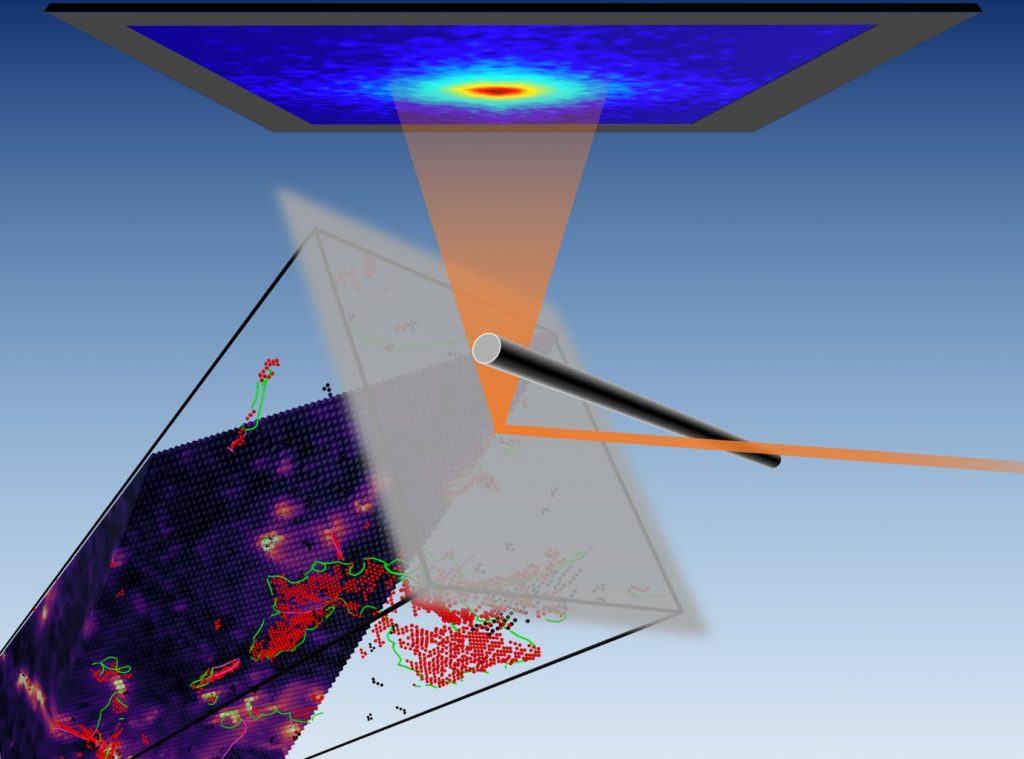Dr Suchandrima Das (below), Career Development Fellow in Engineering at Jesus College and a team of fellow researchers and colleagues from the University of Oxford’s Department of Engineering Science and Culham Centre for Fusion Energy, are one step closer in the challenge to find new materials with the enhanced radiation resistance needed to make fusion power a reality.
Nuclear fusion has the potential to revolutionise the energy sector as a clean and sustainable power source. It occurs naturally inside stars, where the temperatures and pressures are high enough to fuse atoms together, and release energy in the process which we see as starlight. Advances in nuclear fusion reactor design bring this near-limitless energy source ever closer to being a viable power source on earth – an essential step towards tackling climate change.
Currently, a major barrier in the design of reactors is that high-energy neutrons, which carry the fusion reaction energy, can damage the reactor wall during operation. New materials need to be designed for use as reactor ‘armour’ to withstand the intense irradiation and very high temperatures involved in the fusion process.
Suchandrima, along with Dr Hongbing Yu, Mr. David Yang and Professor Felix Hofmann at the Department of Engineering Science, and colleagues at Culham, have been investigating the effect of irradiation on tungsten, which is currently the main candidate for fusion armour. In a new research paper ‘Observation of transient and asymptotic driven structural states of tungsten exposed to radiation’, published recently in Physical Review, the team describe their study into the high-density material. Using synchrotron x-ray diffraction measurements and atomistic simulations, they could gain a complete insight into the irradiation-induced structural evolution of tungsten and its variation across a wide range of doses (from very low to extremely high degrees of exposure to radiation).
Co-author Professor Felix Hofmann says, “We find that at low doses the tungsten crystal lattice expands, but then seemingly contracts at high damage levels. Using massively parallel atomistic simulations and analyses developed at the Culham Centre for Fusion Energy, we are able to resolve this puzzling behaviour.”
“Our results show that atoms, knocked from their lattice sites by irradiation, are highly mobile. They quickly orient themselves and self-assemble into new crystal planes, stabilising irreversible swelling. This self-assembly leaves behind vacant lattice sites that cause a contraction of the lattice. Our new research finally enables a linked-up understanding of the mechanisms that control this damage process“.
These findings are a major step forward in the understanding and prediction of how irradiation changes and degrades armour materials and components within fusion reactors.
Suchandrima says, “The results have really shone a light on how the kind of defects formed in the material are dependent on the amount of radiation it has been exposed to. This knowledge paves the way for the development of new, more radiation resistant materials. Further, this knowledge provides the foundation for developing a theory-guided, mechanism-based law to capture the mechanical behaviour of irradiated materials through computational modelling. Such numerical frameworks can make essential predictions about the degradation and evolution of irradiated components in service. These developments will ensure reliable, cost-effective and long-term reactor operation and are the next focus of our research.”


